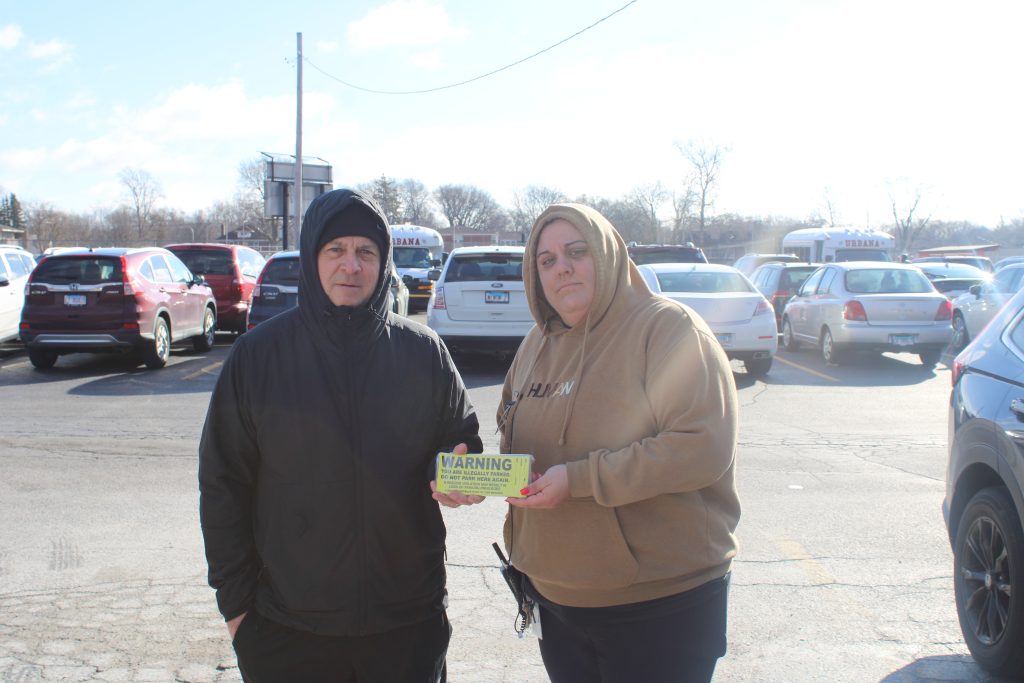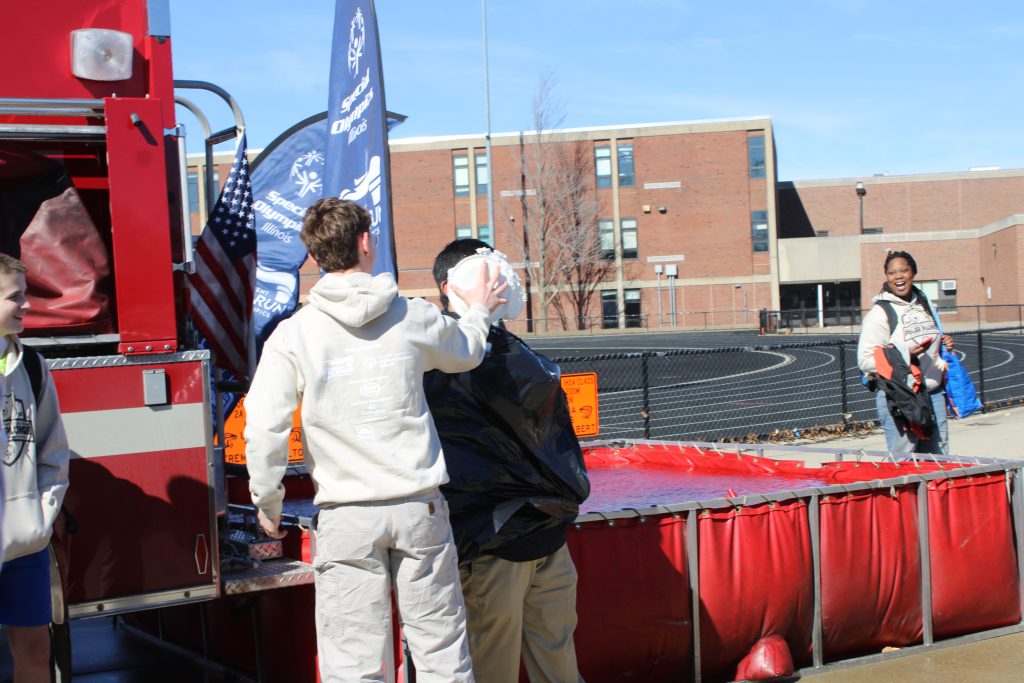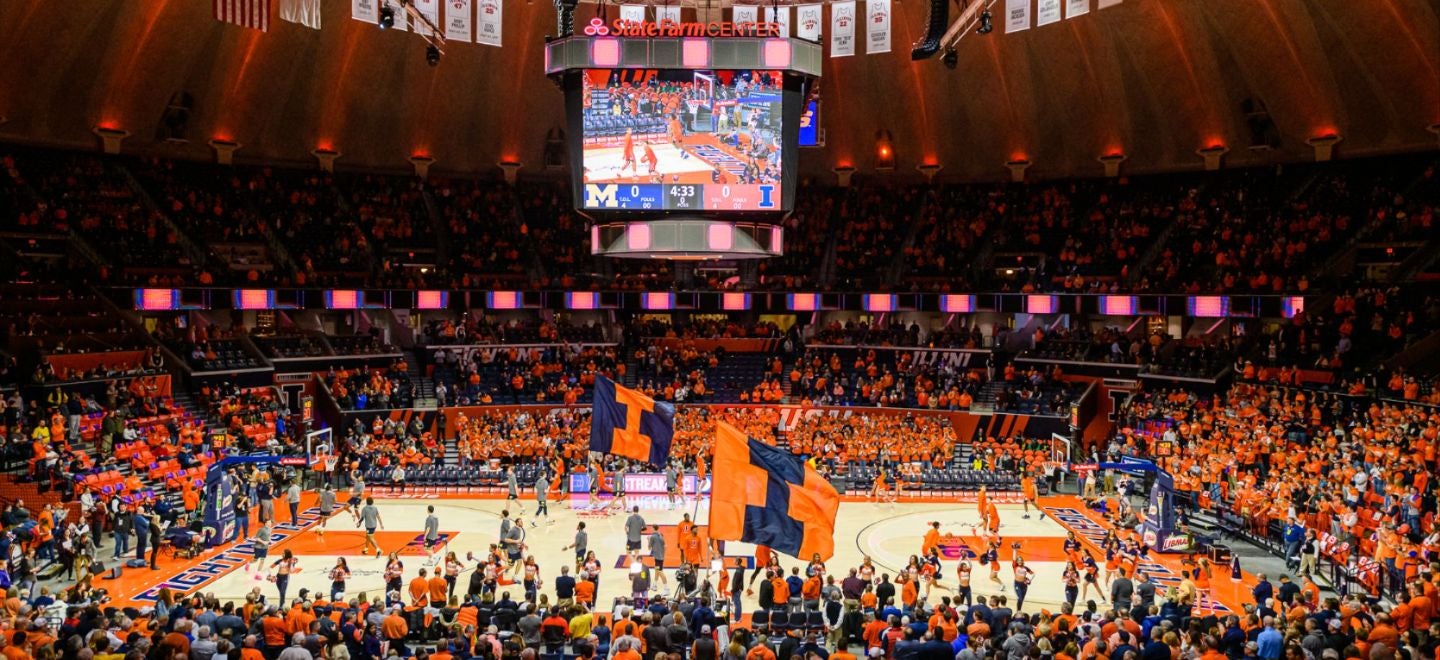Libya Embassy Attack
When the Egyptian Islamist television station, Al-Nas TV, broadcast an excerpt of a poorly dubbed and poorly shot YouTube video claiming to be a trailer for the previously unknown film the “Innocence of Muslims,” they unintentionally ushered in some of the most widespread – and deadly – anti American protests to date; also peaking with a brutal attack on the American consulate in Benghazi, Libya, on the eleventh anniversary of the September 11 attacks in 2001, which left nearly 3,000 Americans dead and the New York skyline deeply and irrevocably changed.
Beginning in Cairo, where Al-Nas TV’s clip of the “Innocence of Muslims” was first broadcast and Egyptian protesters stormed an empty United States Embassy on September 11, protests surrounding the “Innocence of Muslims” have been documented as far away as Australia, and as close to home as Canada.
Protests in regards to the video have taken practically all the forms of public protest at some point or another, from peaceful and respectful expressions of anger at the deeply disrespectful portrayal of Islam and the Prophet Muhammad, as was seen in Calgary, Canada, to excuses for deadly, brutal, and coordinated military assaults, as was seen, fatally and tragically, on September 11th, when what began as a simple protest in front of the new American embassy in Benghazi, Libya, a city saved from destruction a little more than a year ago by American and European warplanes, spiraled into a coordinated and well planned assault on multiple American diplomatic facilities, resulting in the deaths of four Americans and scores of Libyans.
That attack, ushered in by the whooshing of an incoming RPG 7 (Rocket Propelled Grenade) that would eventually start a devastating and ultimately fatal fire, began at roughly 10:00 p.m. after daylong protests against the “Innocence of Muslims.” The attack, involving mortars, small arms, and many more RPG’s, would eventually last for more than four and a half hours as Libyan security forces, assorted American diplomatic personnel, and security contractors tasked with protecting the embassy did battled with them.
By the attack’s end, four Americans, including the new American ambassador to Libya, Chris Stevens, an information management officer at the embassy, Sean Smith, two former Navy SEALS operators turned private security contractors, Tyrone Woods and Glen Doherty, and an unknown number of Libyans lay dead or dying.
“I find this event tragic,” said Junior Lewis Haber. “And I hope that we may never see something like this happen again.”
Ambassador Stevens, ultimately killed by smoke inhalation from the massive fire that ultimately gutted the embassy’s main building, was the eighth American ambassador to be killed in the line of duty, and the first since 1988.










